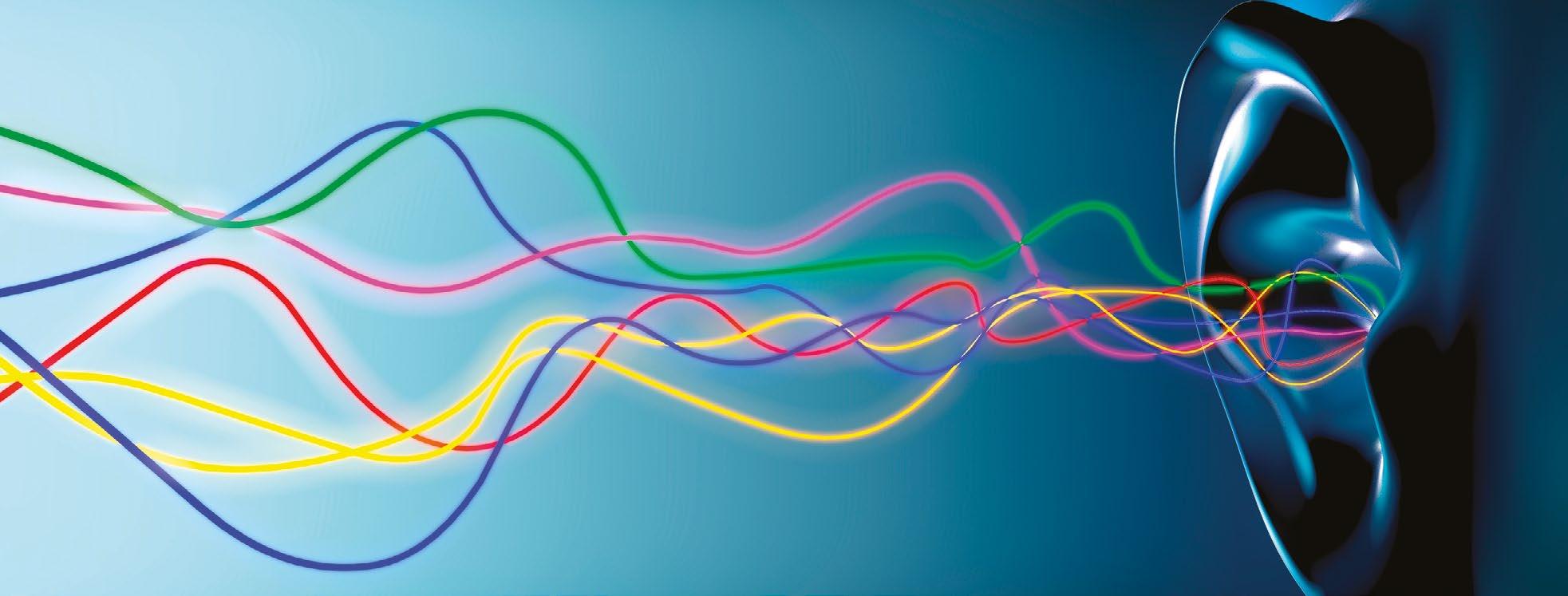
2 minute read
Sweeten the pot to entice AM digital
Writer
Larry Langford
Owner of WGTO(AM) in Cassopolis, Michigan, and W246DV South Bend, Ind.
Another view
Read Michelle Bradley’s response to this commentary at radioworld.com, type “Even More to All-Digital AM” in the search field.
Getty Images/CHRISTOPH BURGSTEDT/SCIENCE PHOTO LIBRARY
Sweeten the pot to entice AM digital
Shall we sweeten the pot to entice single- mode AM digital? I was and still am very opposed to hybrid AM digital (IBOC). It kills other stations. It sounds bad and the coverage is lousy. But just like late-night TV commercials say, “Wait there’s more!”
Of course, the more is — single-mode digital.
Making change viable
Now that is a horse of a different color. How does it sound? Great!
How is the coverage? Better than analog and, yes, it is stereo.
But as we also know the biggest drawback is the rather pesky problem of rendering analog radios obsolete.
That reminds me of the story of radio pioneer RCA engineer Edwin Armstrong and FM. Armstrong was a giant in the industry who gave us the super regenerative circuit and his work on the superheterodyne receiver (apologies to Lucien Levy!)
When tasked with finding a way to get rid of static in radio reception while at RCA, he created the noise-free transmission method of frequency modulation (FM). RCA boss David Sarnoff was happy until he found out it would obsolete every radio already sold. So, his answer to Armstrong was, NO!
Well, there is no David Sarnoff in the game now, and AM digital seems to be the way to go if the AM band is to remain an active player in the media game. But we still must face the problem of rendering millions of radios as nothing more than doorstops or white-noise generators.
I have read the data that shows that newer cars are being equipped with radios that will play AM digital and given a few years, market penetration in cars should be reasonable. But for the mom-and-pop stations that still rely on analog to cover the market it is just not worth it yet to sound good for a few and be gone for most.
The best scenario for AM operators, especially small- to medium-sized stations, is to have a good FM translator. If coverage mimics the analog AM coverage, it’s a no-brainer — turn off the analog and switch to digital!
But that is not good for everyone. While some of the AM stations in major markets own or have partnered with a full-power FM to carry the AM programming, smaller AM stations may have only one translator and need another to even approach the coverage of the analog AM. And there are a number of AM stations that missed out on the window to move a translator into their market and have none.
Going all-digital takes some investment, and the FCC should do what it can to encourage putting analog AM to sleep, while making the change viable for those who have struggled so long.
My proposal
Well, here comes the sales pitch. I would ask the FCC to make an offer AM operators cannot refuse.
If a licensee agrees to go full-time single-mode digital for a minimum of five years with no switch back to analog, the commission will allow a limited window to acquire and





